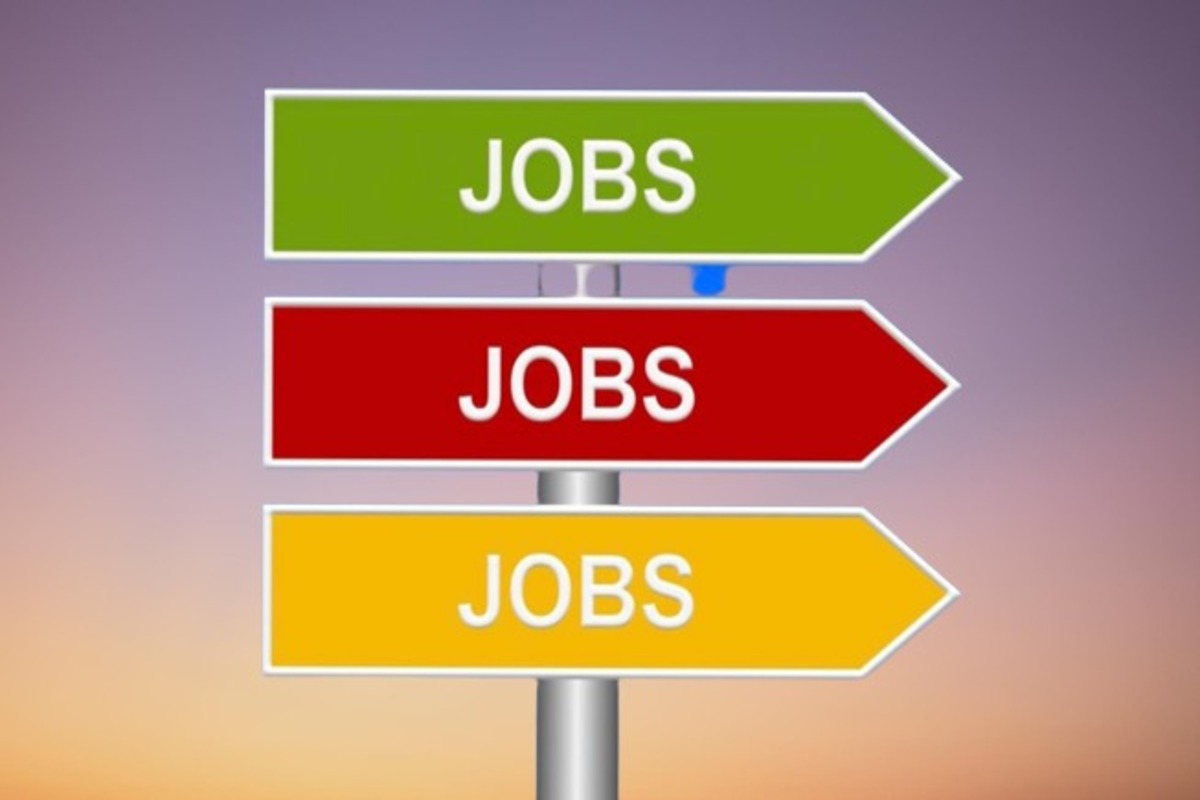
July Employment Report: The Labor Department’s July employment report is expected to indicate that U.S. job growth slowed further. Despite weakening, the economy has enough vigor to avoid a recession. The solid job market could maintain the unemployment rate at multi-decade lows despite slowing wage increases. This report follows substantial consumer spending and low June annual inflation.
Economists predict a fourth-quarter slowdown. They now believe the Federal Reserve’s “soft landing” strategy for the economy is feasible. Experts believe employment demand is not dropping off a cliff despite indications of a slowdown. Wells Fargo senior economist Sam Bullard says individual sectors are weakening, but the broader picture isn’t.
Nonfarm payrolls will dominate the report. They created 200,000 jobs in July, down from 209,000 in June. This employment growth rate is twice as fast as required monthly to keep up with the expanding number of working-age individuals.
Due to the COVID-19 outbreak, several firms are hoarding personnel. Entertainment and restaurant employment still need to be improved due to the epidemic. Due to increased retirements, local government education has employed more teachers and support personnel. BNP Paribas’ chief economist, Carl Riccadonna, says the July warmth didn’t hurt the employment market.
The Hollywood writers and players strike has notably yet to affect employment growth. The July Labor Department’s Bureau of Labor Statistics job report didn’t mention the strike.
Due to contradictory economic signals, July employment data might surprise us. ADP’s national employment report showed private sector hiring in July. First-time state unemployment assistance applications fell significantly from June.
In the last 11 months, Challenger, Gray & Christmas report the fewest layoffs in the U.S. The Institute for Supply Management said that industrial and service employment fell. Demand was slowing, and companies couldn’t employ enough labor.
In June, the Labor Department reported 1.6 job opportunities for every unemployed individual, despite the tight employment market. Last month’s figure was similar. According to a July Conference Board report, there are many openings to fill, and families are hopeful about the labor market, putting the unemployment rate in danger.

Read More: Amazon Surprising Earnings Report: CEO Jassy’s Bold Moves Transforming AWS Growth
July unemployment is predicted to remain at 3.6%. I last saw it about 50 years ago. The Federal Reserve’s fourth-quarter median projection was 4.1%, which is substantially lower.
Wages may climb slowly as the employment market tightens. The average hourly pay is forecast to grow 0.3%, down from 0.4% in June. This will lower the year-over-year salary increase from 4.4% in June to 4.2% in September. Even while this rate of pay increase is still more significant than the Federal Reserve’s inflation objective of 2%, wage pressures are beginning to diminish in the third quarter. Wages and unit labor expenses slowed in the second quarter.
Many observers expect the Federal Reserve’s rapid rate-hiking cycle, the most active in 40 years, to stop soon. Inflation-friendly data is abundant. Since setting the rate in March 2022, the central bank has boosted it by 525 basis points.
Sung Won Sohn, a Loyola Marymount University finance and economics professor, believes the U.S. is approaching a “Goldilocks” economy.
Some experts disagree. They believe the Fed may raise rates again. Inflation is their biggest concern. They expect the Fed to hike rates again in November if the labor market tightens and pricing pressures return.
To predict how the Federal Reserve will manage interest rates and inflation in the following months, monitor economic fundamentals as the economy develops. Maintaining growth while controlling inflation is still challenging, and any deviation from the planned path might have significant financial consequences.
Our Reader’s Queries
What is the job market report for July 2023?
In July 2023, the U.S. economy saw an increase of 187,000 jobs, which is a decrease from the average monthly gains of 312,000 over the past year. The employment data for May and June were also revised downwards, indicating that 49,000 fewer jobs were added during those months than previously reported.
What is the current unemployment rate in July?
The state unemployment rates for January and July are listed below. California had a rate of 4.2% in January and 4.6% in July. Colorado had a rate of 2.8% in January and 2.9% in July. Connecticut had a rate of 3.9% in January and 3.6% in July. Delaware had a rate of 4.6% in January and 4.1% in July. The rates for the remaining states can be found in the table.
What is the unemployment rate in the US in July 2023?
In July 2023, the national unemployment rate remained steady at 3.5 percent, showing no significant change from the previous month or the same time last year.
Has hiring slowed down 2023?
Despite a brief pause in job growth during the latter half of 2023, we anticipate a renewal of this trend as we move into 2024. Our Economic Outlook report highlights a projected slowdown in real gross domestic product growth for the upcoming year, following a solid 2.5% growth rate in 2023.

